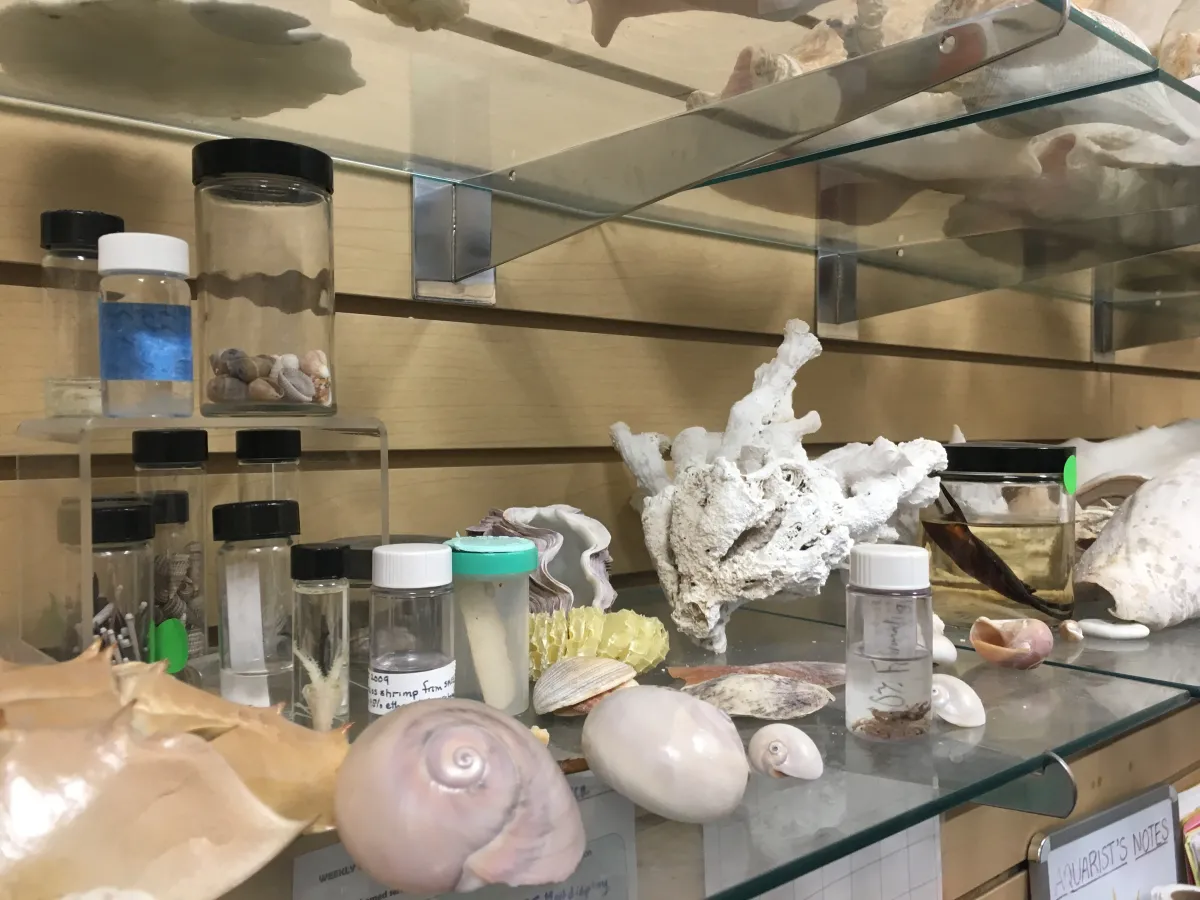
Search
Bringing the sea into schools

by Michelle Z. Donahue
Like many of Florida’s coastal regions, St. Lucie and Martin counties are home to an abundance of marine resources: beaches, mangrove swamps, estuarine lagoons, seagrass beds.
Yet many families who live in the region lack access to these natural assets, despite their proximity to the ocean. Whether it’s the economics of their home environment, or that their schools simply don’t have the resources for field trips, many children have never been to the sea.
To bridge some of that gap, Smithsonian marine educator Erin Lomax made a pitch to a local foundation: why not bring the ocean to the students?
All public schools in St. Lucie County are Title 1—a federal financial assistance program for schools with high proportions of students from low-income families. These schools also often struggle to provide field trips for their students—like visits to the aquariums and touch tanks at the Smithsonian Marine Ecosystem Exhibit (SMEE), where Lomax is an educator.
With a $2,500 grant from The Community Foundation Martin – St. Lucie, Lomax organized more than a dozen presentations to over 800 students at area elementary schools, all free of charge. With objects from SMEE’s “biofacts” collection—shells, egg cases, pieces of coral, preserved specimens in glass vials—Lomax and SMEE intern Rachel Rigolosi brought a part of the Atlantic Ocean and Indian River Lagoon to the students.

“It’s said that scientists are made between the ages of six and nine years old,” Lomax said. “We’re just trying to harness that imagination and spark their interest, because those things will follow them. And that doesn’t mean they have to be scientists or researchers when they grow up—but informed citizens.”
For more than 100 fifth graders at Lakewood Park Elementary, Rigolosi ran a sea turtle survival simulation. After receiving different colored index cards, students sat down one by one as their color was called – some sat because their “turtle” was eaten by predators, or failed to hatch, or because their beach habitat was destroyed. By the end, only one student in the entire grade remained standing.
“The takeaway for these students is that they now realize they can play a part in helping to bring that knowledge to other people—other students, other adults who aren’t knowledgeable,” said Victoria Castaneda, the science resource teacher for Lakewood Park. “It brings a sense of responsibility that they didn’t have before.”
“A lot of the kids also walk away with a sense of that the ocean is bigger and more complicated than they realized, and that we depend on it more than they realized,” Lomax added.

Elizabeth Barbella, president and CEO of The Community Foundation, said a small group of donors quickly rallied to the cause.
“We live in a piece of paradise, but it’s important to remind kids of our responsibility to that,” Barbella said. “With everything going on here with water quality, we’re in a position to educate the next generation to make them environmentally conscious, to understand what’s going on with our water and land.”
May 2019